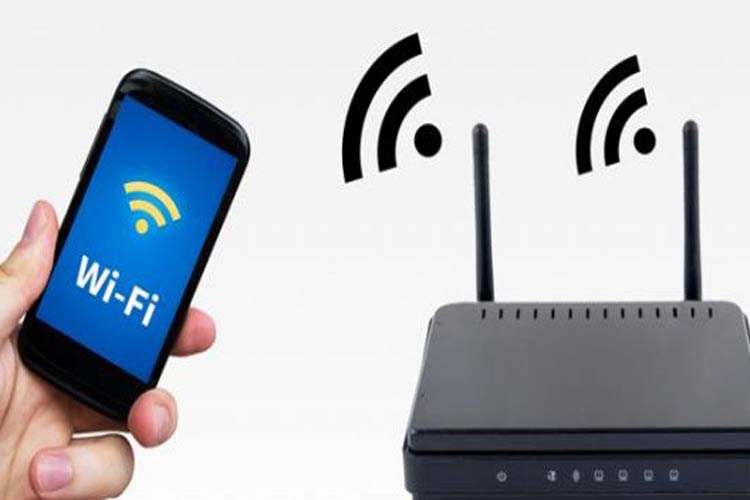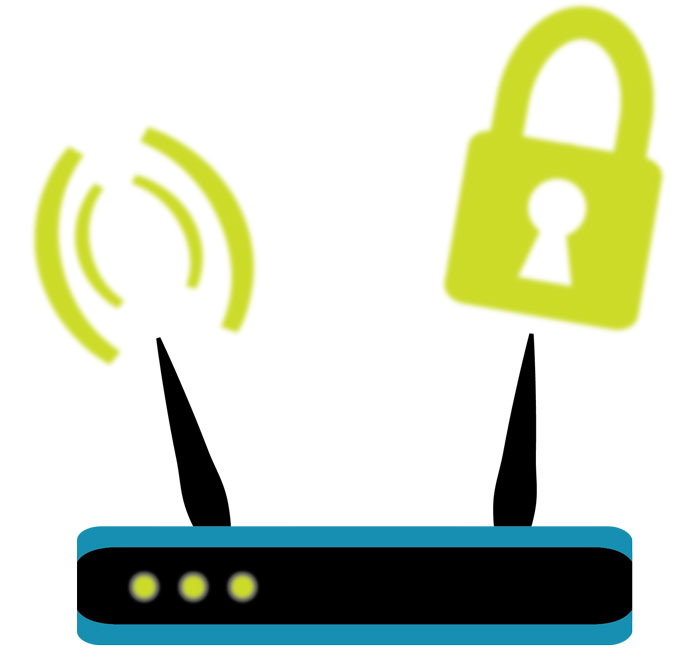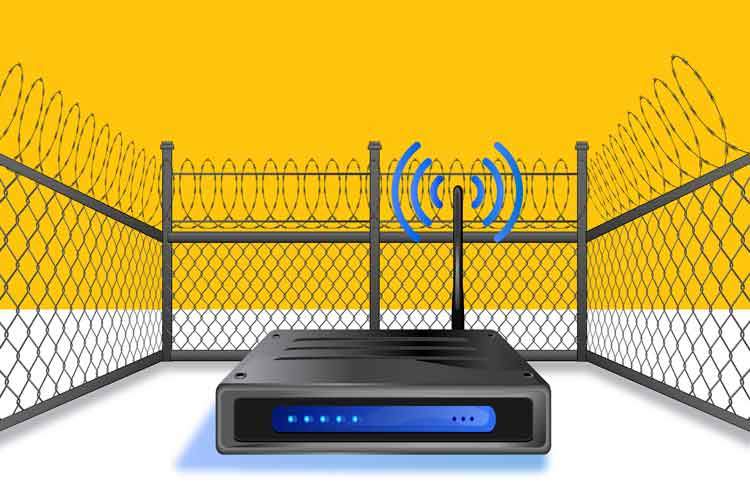How to Secure Your Wi-Fi Router — Essential Practices for a Safe Home Network
Secure Wi-Fi Router: Maintaining the router’s Security is essential. The good news is that these steps are not very difficult or time-consuming and significantly reduce your risk.
Router Security has improved in recent years, but there are still steps you can take to protect yourself better.
Your router may be the most essential device in your home. It monitors all incoming and outgoing traffic and acts as a watchdog to ensure that nothing dangerous enters and nothing sensitive is destroyed. It controls access to your home Wi-Fi Network and, through it, all phones, tablets, laptops, and more. If someone else has access to that Network- whether a remote hacker or your neighbor – it can quickly compromise these devices.
How To Secure A Wi-Fi Router?
Maintaining the router’s Security is essential. The good news is that these steps are not very difficult or time-consuming and significantly reduce your risk.
For these tips, you need to access your router settings. You can usually do this through a web browser by entering the IP address or, if lucky, through the phone app. If you are unsure how to find these settings, check the documentation that came with the router or do a quick web search using your router model.
Change passwords
You must use the WPA2 Security standard to protect access to your router. This standard requires providing a password to connect to any new device. It is enabled on almost every router by default, but if it is not enabled on your device, turn it on through the router settings.
It is best to change your Wi-Fi password regularly. Yes, it does mean you have to reconnect all your devices, but it also deters unwanted visitors who may be lurking. Your router’s settings panel should display a list of connected devices, though it may be challenging to interpret.
We also recommend changing the password you need to access the router settings. Most people leave the defaults in place, which means someone who knows the defaults or can guess them can reconfigure your router. Like any password, make it very difficult to imagine but impossible to forget.
These password settings should be prominently displayed on the router settings page. If you have a newer model router, you may receive alerts if it is easy to guess new passwords.
It won’t be long before WPA2 replaces WPA3, which offers more suites and forgets about its Security, but until then, pay close attention to the health of your Wi-Fi password.

Keep your user interface up to date.
Your router runs firmware, which controls everything it does. It sets your Network Security standards and rules about what devices can be connected.
Some modern routers update themselves in the background, but whatever model you have, it’s always worth keeping up with the operating System. This means you have received the latest bug fixes and Security patches and will be protected against any recently discovered vulnerabilities.
This process varies from router to router, but, as with password settings, finding the router firmware option should not be too tricky in the router’s control panel. If you have any problems with this, check the router documentation or official support site on the web.
If you are lucky, the process will be done automatically. You may even receive phone alerts when an operating System update is applied, which usually happens overnight. If you are unlucky, you may have to download the new operating System from the manufacturer’s site and redirect your router to it. If so, it’s well worth the extra effort.
Disable Remote Access, UPnP, and WPS
Many routers have features designed to make remote access easy outside your home. Still, unless you need access to your router’s management page elsewhere, you can usually safely disable these features from the router’s settings page. In addition, most remote access programs work well without them.
Another feature you should pay attention to is Universal Plug and Play. Designed to allow devices such as game consoles and smart TVs to access the web without going through configuration pages, UPnP can also be used by malicious programs to gain high-level access to your router’s Security settings.
Keeping remote access and UPnP on does not suddenly expose you to the worst Internet, but turn them off if you want to be as secure as possible. If some of your Network applications and devices trust them, you can reactivate the features without worry.
You should also consider turning off Wi-Fi Protected (WPS). WPS allows you to connect new devices by pressing a Button or PIN code, but it also makes it easy to access unauthorized devices. A numeric PIN is more straightforward to discover than an alphabetical password in brute force attacks. Disable it unless you specifically need it.

Use a guest Network
If your router can broadcast a so-called guest Network, use it. As the name implies, you can allow the rest of your Network – Sonos speakers, shared laptop folders, printers, etc. – without allowing your guests to connect to Wi-Fi.
Your friends and family may not be hackers, but allowing them on your home Network means they may have access to a File you prefer not to use or inadvertently change settings somewhere that causes problems. Be.
It also adds another layer of security for someone who secretly wants to access your Network without your permission – even if he can access the guest Network, he will no longer be able to control your devices or router.
Your router should have the option to hide your primary Network SSID—the name of the Network that appears when scanning for Wi-Fi devices. If visitors cannot see this Network, they cannot connect to it, but you can add devices to it because you know what it is called. (If unsure, it’s listed in your router settings.)
Keep Security in mind.
Despite decades of neglect, most routers offered over the past few years are secure. Manufacturers understand the importance of router Security and reliability more than ever, so products are much more user-friendly. They now provide many basic Security settings.
With that in mind, one of the highest risks to your router is being compromised by a device it thinks it can trust—in other words, something on your phone or laptop can access it and cause mischief, maybe by secretly opening a remote access point to your router.
To minimize this risk, follow sound Security principles at home and update all your devices with the latest software. You can choose which browser apps and extensions to install and from which devices. Protect yourself with tough passwords.
Everyone is different. Better yet, get a password manager. Whenever possible, protect your devices with the right Correctty software.
Many devices are probably connected to your router, from phones to smart speakers. You have to lock and protect them all—as soon as they connect to Wi-Fi, they connect to you. If any device does not require Wi-Fi access, turn it off. You will be glad you did.
FAQ
What encryption should I use on my Wi-Fi network?
Use the strongest supported encryption — preferably WPA3; if that’s unavailable, use WPA2 with AES — and avoid outdated options like WEP or TKIP.
Why should I change the default router login credentials?
Default usernames and passwords are widely known, so keeping them makes it easy for unauthorized users to access your router settings and compromise your network.
Should I disable features like WPS and remote administration?
Yes — WPS and remote-management capabilities can be exploited by attackers to gain network access or control the router; disabling them reduces that risk.
